Photographer, documentarian, visionary, curator, lecturer and, above all, artist – these are the words that sum up Rafał Milach. Born in Gliwice, Silesia, Milach belongs to a new generation of photographers. His natural talent was developed during his academic studies at the Academy of Fine Arts in Katowice and at the Institute for Creative Photography in Opava, Czech Republic. He is the author of several photographic editions including “Grey”, “Black Sea of Concrete”, “In the Car with R”, “7 Rooms”, and “The Winners”. In 2006 he co-formed the group Sputnik Photos, a photo collective of artists from Central and Eastern Europe.
When looking at Rafał Milach’s photographs one immediately notices how Central and Eastern Europe plays a focal point in his work. Specifically, Milach is interested in the drastic transformation which took place in this region and still continues to this day, as well as the lives of the people living in this time of change.
One of the first photo series in Milach’s portfolio was his monograph entitled “Grey”. The subject of this monograph is a photographic image of Silesia – the region of Poland the artist was born and raised in. Through a series of static images Milach manages to convey the atmosphere of the area, portray changes that have taken place, and even convey the character of the people within the frames.
“Black Sea of Concrete” is a monograph depicting contemporary Ukraine. Milach presents a contrasting portrait of the country through juxtaposing picturesque landscapes with man-made cities, which echo an eponymous sea of concrete. This “concrete reality” is a vital reminder of the country’s past. Traces of the past are still visible in the landscape of Ukraine; they are its haunting and persistent remainders. In 2009 Milach won numerous prizes for this series of photographs at the Grand Press Photo, Photography Book Now and Pictures of the Year competitions.
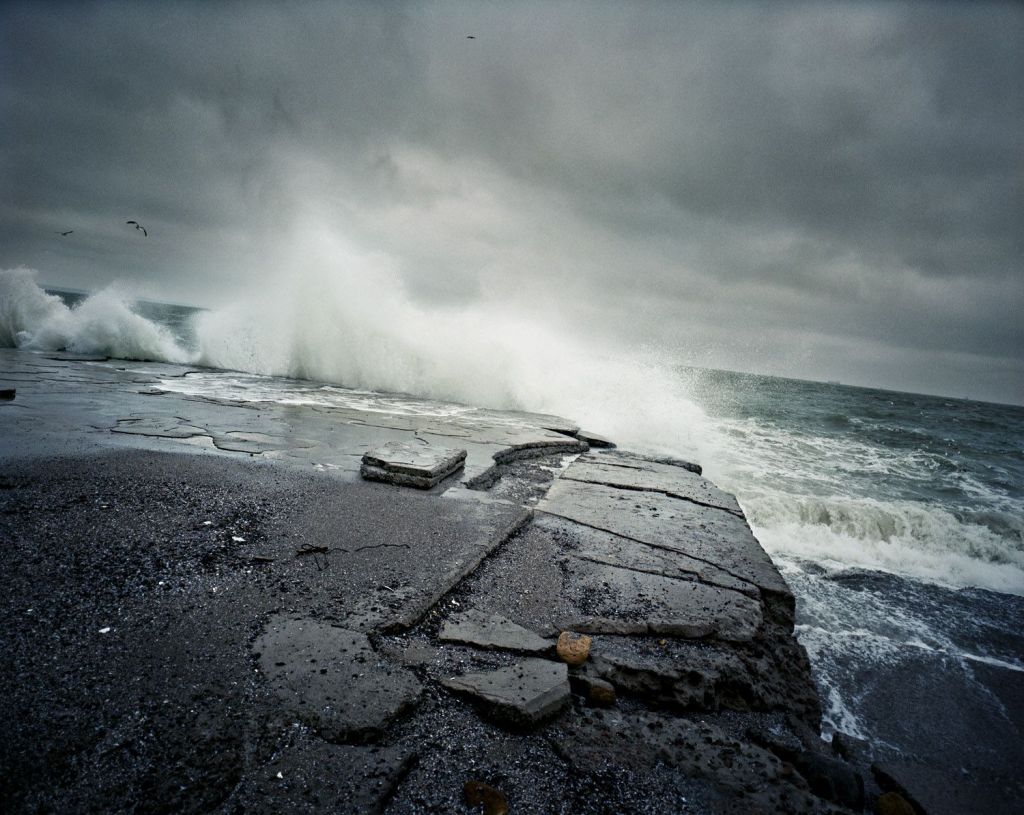
Rafał Milach, “Black Sea of Concrete”, photo courtesy the artist
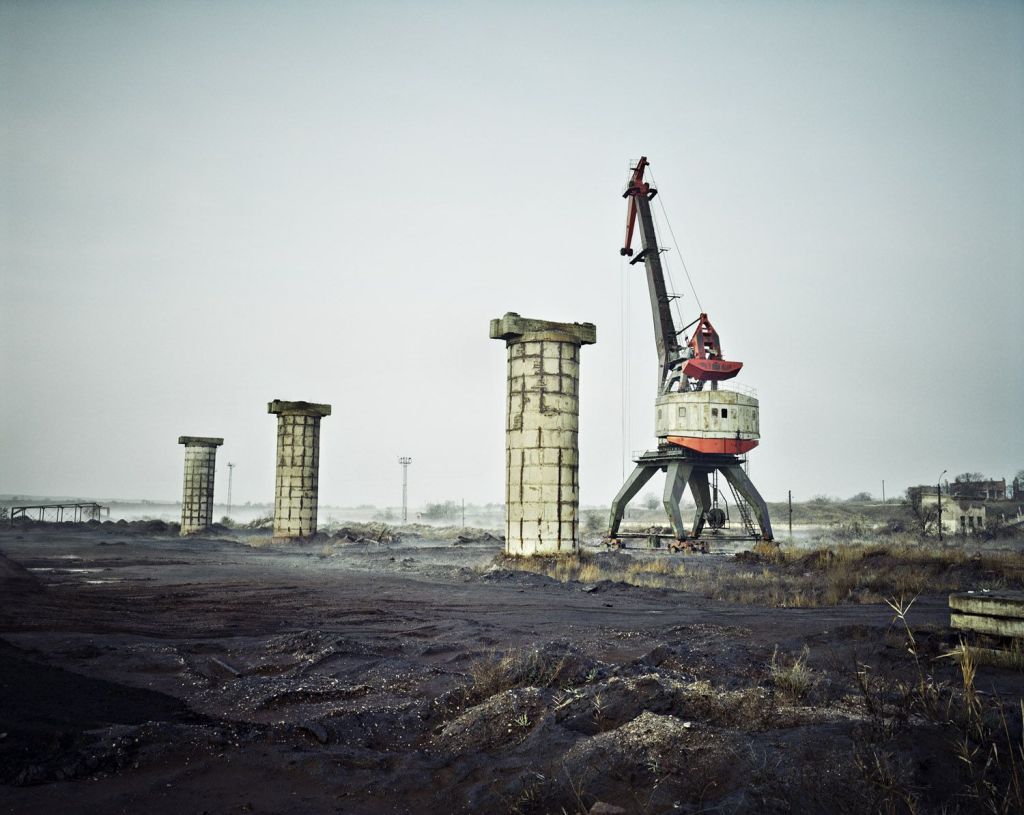
Rafał Milach, “Black Sea of Concrete”, photo courtesy the artist

Rafał Milach, “Black Sea of Concrete”, photo courtesy the artist
“7 Rooms” is a project focused on young people born in the former Soviet Union who presently live as adults in contemporary Russia. It must be stressed that the project is foremost a portrait of contemporary human lives intertwined with certain realities, as well as the manner in which they deal with problems resulting from the very time and place they happen to live in. The most important aspect of this work appears to be the ability for the audience to connect with each of the photographed individuals and to find a part of their identity within them. The fact that these people are Russian does not bear significant importance. The tangible outcome of the project is a book divided into two parts. The first section contains photographs and short interviews with the project’s protagonists. These interviews complement the photographs and illustrate the details that cannot be shown through a photographic lens. The latter half of the book features a text written by Belarussian writer Svetlana Alexievich. What connects the two sections to each other is the site of action. However, in contrast to Milach, Alexievich focuses mostly on Soviet reality. The book won Pictures of the Year International 2012 and the Paris Photo Aperture Photobook Award in the First Book 2012 category.
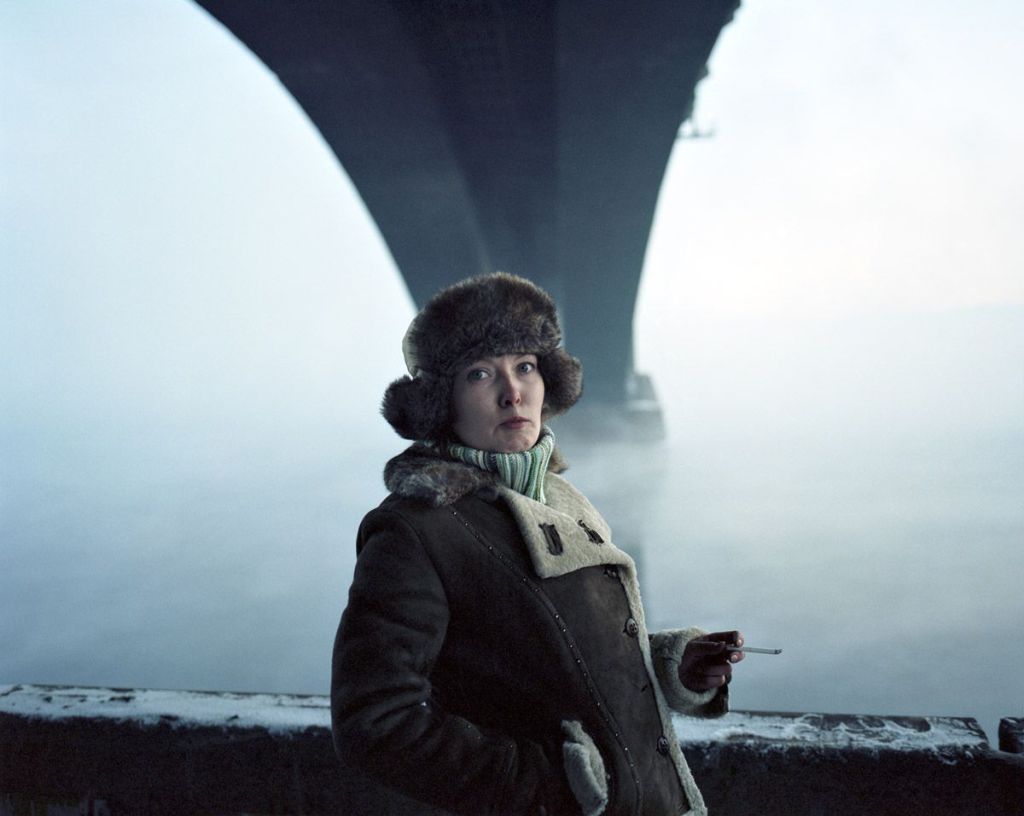
Rafał Milach, “7 Rooms”, photo courtesy the artist
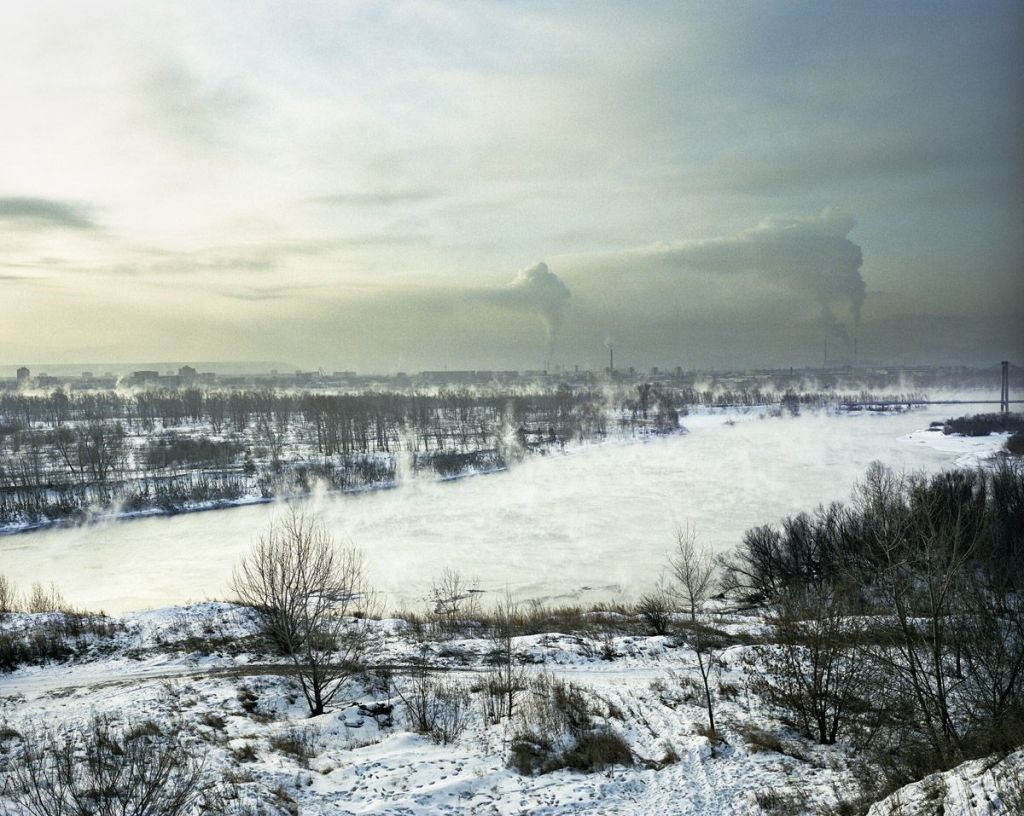
Rafał Milach, “7 Rooms”, photo courtesy the artist
Another project of Milach’s is “The Winners”, a series of photographs presenting winners of various local Belarussian contests supported by the authorities. We are presented with photographs of idiosyncratic titles such as best policeman, best nurse, the winner of a dog competition, as well as best staircase and best cigarette seller. The artist presents the people who won the awards in an unusual light, demonstrating that these contests do not bring about any real benefits to the individuals themselves, and in fact, merely act as instruments through which the authorities can influence citizens and mask structural social inequalities. A book of the same title was published in 2014, featuring the photographs taken as a part of the project. The book has already won awards at Paris Photo Aperture Photobook Award in the Book of the Year category, and was mentioned by The Guardian and Photo-Eye Magazine.

Rafał Milach, The Winners, photo courtesy the artist

Rafał Milach, The Winners, photo courtesy the artist
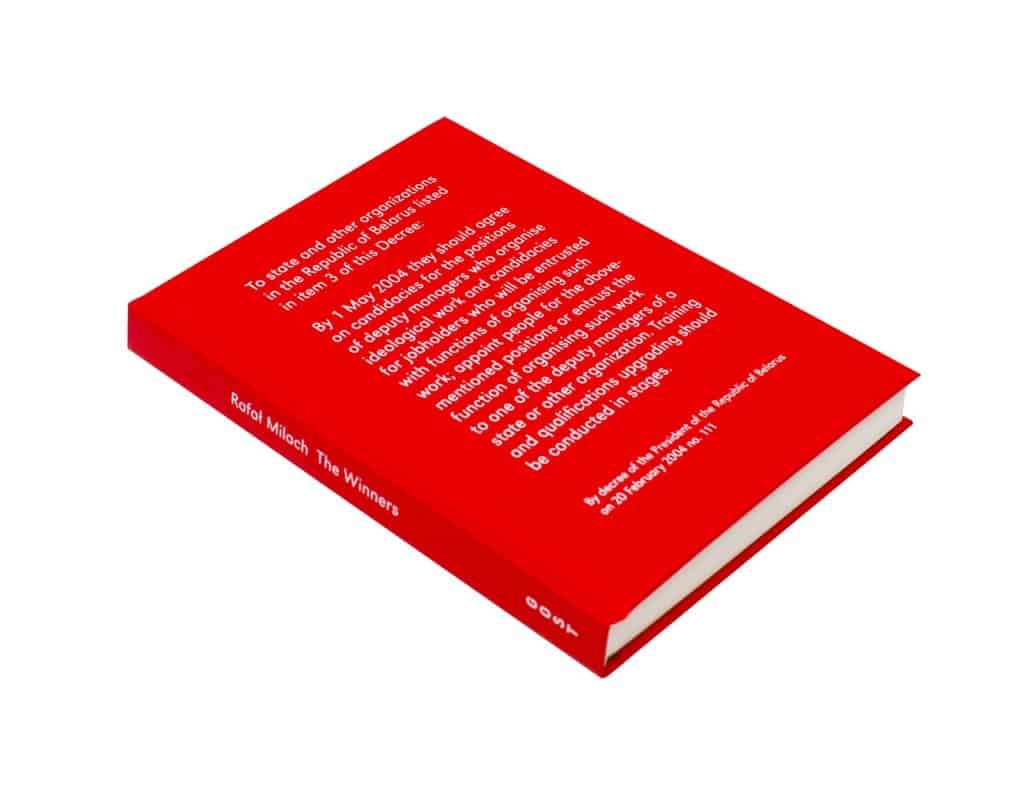
Rafał Milach, “The Winners”, photo courtesy the artist
The monograph “In the Car with R” was created as a part of a project carried out by Sputnik Photos. The photographs document a journey Rafał Milach and the writer Huldar Breidfjord made across Iceland. In this extraordinary series the author presents us with a picture of the island as perceived through his own eyes. These photographs along with Breidfjord’s text, a report which familiarises us with the method the photographer uses in his work as well as the subsequent stages of the journey, were published in the form of a book of the same title. The abovementioned text is the perfect answer to the question of what the work of a photographer is really about. The monograph won accolades at the Magnum Expression Photography Award 2011 and was awarded first prize at New York Photo Awards 2011.
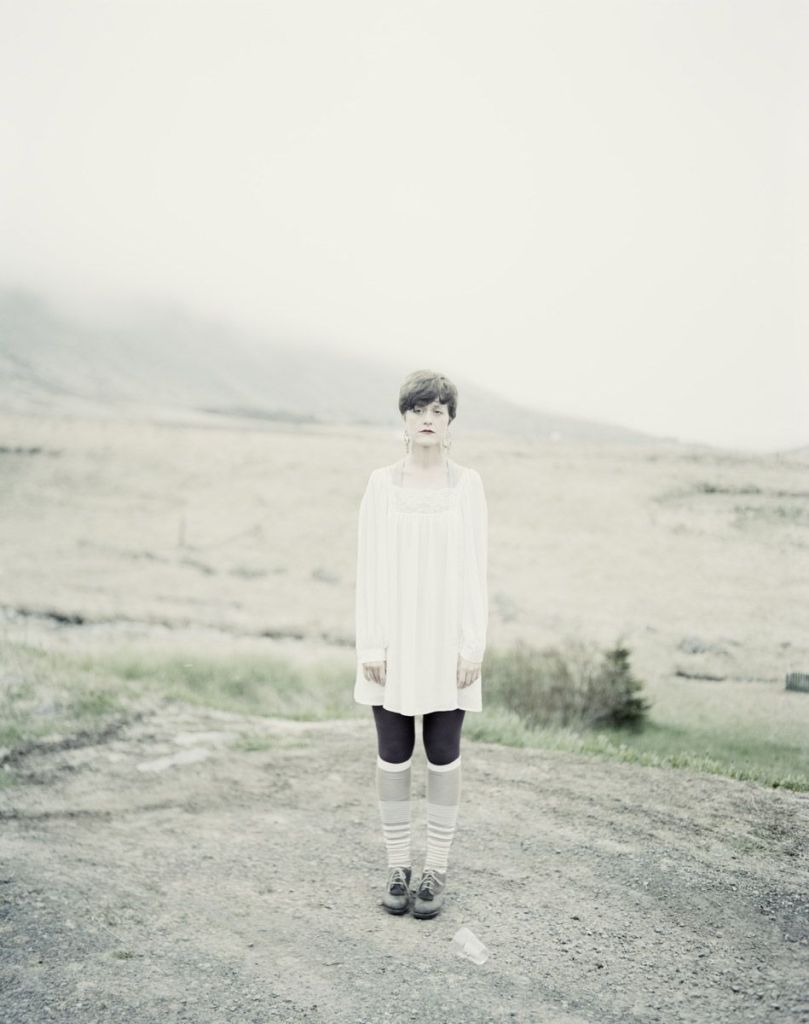
Rafał Milach, “In the Car with R”, photo courtesy the artist

Rafał Milach, photo courtesy the artist
Milach is currently working together with Sputnik Photos on a new project entitled “Lost Territories”, covering the subject of transformation in the post-Soviet countries of Central Asia: Kazakhstan, Uzbekistan, Tajikistan, Kirgizstan and Turkmenistan. This has been the core interest of Rafał Milach’s most recent enquiries. The project’s aim is to show remnants of the Soviet past and set them up against changes that have already taken place in these countries.
Aside from the numerous awards that have already been mentioned, it is necessary to note Milach’s first award presented at World Press Photo 2008 in the Art and Entertainment category. The prize was given for a series of photographs entitled “Disappearing Circus” on the subject of retired circus artists.
In spite of so many spectacular achievements, Rafał Milach remains a modest artist with endless artistic potential and clearly set goals. In an interview with Filip Springer, the artist claims that he was born not to achieve something in particular, but rather to work hard. His projects perfectly reflect this attitude. Each new monograph is like a breath of fresh air, which introduces the audience to a new concept of artistry. Unusual scenes and an abundance of new ideas are truly appealing to the audience, who are able to analyse presented subjects and formulate their own personal reflections on them.
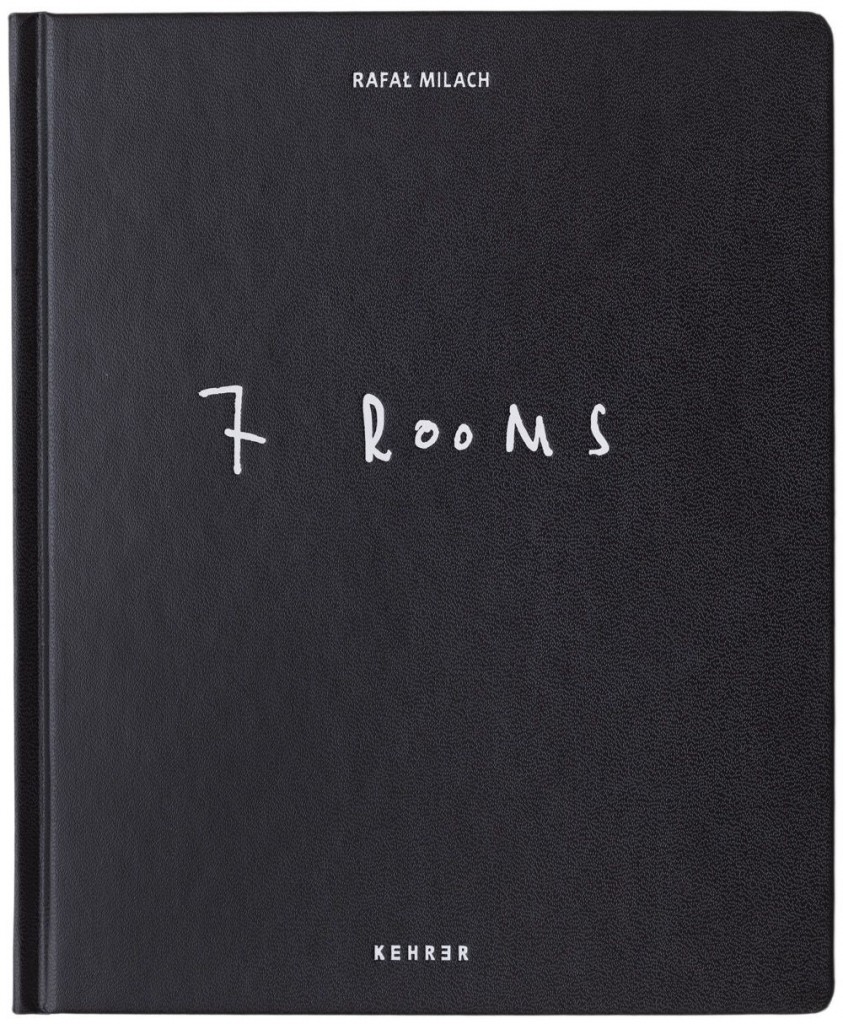
Rafał Milach, 7 Rooms, photo courtesy the artist

Rafał Milach, “In the Car with R”, Photographer: Rafal Milach
Text by: Huldar Breidfjord
Designer: Ania Nałęcka / Tapir Book Design
Language of text: English
ISBN: 978-8389856401
Publisher: Czytelnia Sztuki
1 edition print run: 450 English / 250 Polish
Nr of special editions: 50 ( English)
Year published: 2012
Binding: hard cover
No. Of pages: 160
No. Of illustrations: 59
Trim dimensions: 170×215 mm, photo courtesy the artist











